
OR
Underprivileged children get opportunities at Sri Aurobindo Yoga Mandir
KATHMANDU, Nov 5: Seventh grader Om Mahaseth does not prefer to return to his home in Dhanusha district. He is happy to live far away from his home along with his two sisters and a brother in an ashram, which provides food, education and shelter free of cost.
Mahaseth comes from a very disadvantaged family and his grandparents and parents live in a village in Dhanusha. He, along with his siblings, came to the Sri Aurobindo Yoga Mandir in Thankot, Kathmandu two years ago.
“I am so excited to study here. Everything here is like something which we had never expected,” he said.
“My school in Dhanusha was a government school but I was not so much interested as teaching method and learning process as well as the environment of the school were quite unattractive,” he added.
Apart from his keen interest in science, he enjoys being actively involved in other activities offered by the ashram like learning Sanskrit language, yoga, spirituality, painting, meditation, music and dance.
“Study is far better at the ashram compared to my previous school in Dhanusha,” he said.
Children from underprivileged background have got significantly better life and quality education in English medium at the Sri Aurobindo Yoga Mandir, which has been providing services to the needy children at Thankot of Kathmandu, Kolhuwa of Nawalparasi and Sirseni of Gulmi.
There are around 150 children, including some 120 in Kathmandu, living in the three ashrams.
The ashrams operate classes up to ninth standard as per the Gurukul system, which teaches to be self reliant in work. Everyone in the ashram wash their dishes and clothes themselves.
After grade nine, the children go to other schools for further studies.
“Children can choose the subject according to their interests and capacity. Teachers of the ashram also help the children choose the course as they know the capacity of the children,” said Pabitra Bhandari, who has been teaching Nepali at the Ashram for 13 years.
“The Ashram pays all the fees of their higher education wherever they study,” she added.
Arjun Bhusal, a first-year student at the School of Engineering and Technology, Balaju, said that the expenses of his studies are paid by the ashram. Bhusal said, “I have been living here since class one. Here, we have a conducive environment for studies and the life here is better than at my own home. It is important to have practical knowledge besides academic education. At the ashram, we gain wide range of knowledge from academic to practical as well as spiritual,” he said.
Once the children are admitted to the ashram, they cannot go home until they complete the higher secondary level education.
Shanti Bhusal, 17, who is studying at grade 11 under the faculty of humanities, said, “I came here when I was five years old. I am not eager to go home as I feel this is my own home. And all the people living here are my brothers and sisters,” she said, adding, “My parents are allowed to visit the ashram once a year. It's the rule here.”
Sri Aurobindo Yoga Mandir was established in 1993 at Thankot on 27 ropanis of land.
Now, it has two branches - one in Nawalparasi established in 2003 on 20 acres of land and another in Gulmi in 2013 spread across 200 ropanies. There are 40 students in Nawalparasi.
The ashram does not ask any organization for donation. It is self-reliant and generates income through organic farming, cow farming, among others to sustain all the members of the ashram.
The monthly expenditure of the ashram is around Rs 1,500,000 and the members of the ashram carry out different kinds of works and businesses to meet the expenses. Cow farming is one of the most important sources of income from where they earn Rs 30, 000 per day. Likewise, making herbal incense fetches Rs 50,000 per month, organic farming Rs 50,000 per month, home-stay services Rs 200, 000 per month, Pashmina business Rs 50,000 in an average per month and Thanka painting Rs 50,000.
All this was possible due to the tireless efforts and spiritual guidance of Swami Ramchandra Das.
Born as Chandramani Bhusal in a remote village of Gulmi with no school facilities, he spent his childhood looking after cattle. At the age of 12, he ran to India with a friend who left him on the streets without food and shelter. He joined the Indian Army and served for two years. Then he became a 'sadhu' or a spiritual leader and studied Bachelor's Degree in Sanskrit for six years.
“I spent 12 years in Aurobindo Ashram in Pondicherry, south India. I returned to Nepal and was deeply saddened by seeing the condition of children of the schooling age. Then I decided to do something for those underprivileged children and started school from one child 24 years ago,” said the Swami, who is the founder and president of the Sri Aurobindo Yoga Mandir.
“Our main goal is to replace pain and ignorance in our surrounding and beyond with divine peace, knowledge and bliss by the growth of consciousness,” said Swami Ramchandra.
You May Like This
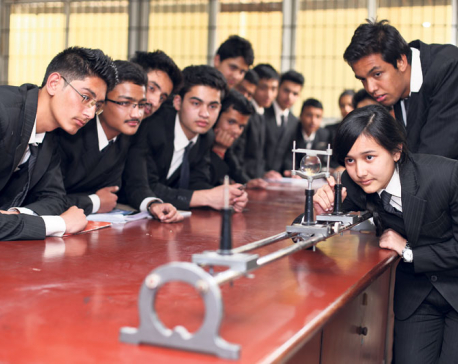
Letter grading: SLC leaps into the modern era
The newly-introduced letter-grading system for the School Leaving Certificate (SLC) has become a topic of discussion. This is the first... Read More...
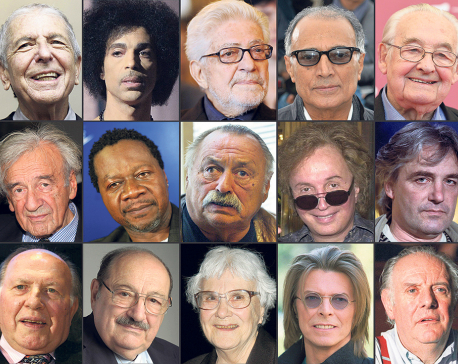
2016, the beginning of the end of a rock era
NEW YORK, Dec 16: The year 2016 began with David Bowie releasing one of the most acclaimed albums of his vast... Read More...

‘Livelihood revival as important as reconstruction’
KATHMANDU, June 21: Nepal’s key development partners have made an unequivocal call to expedite reconstruction work that directly supports livelihood recovery... Read More...

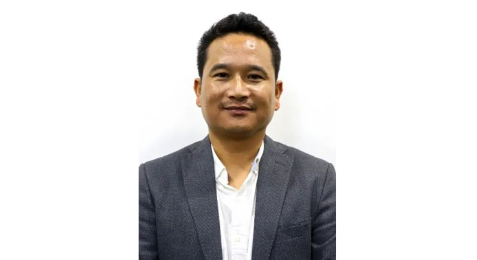


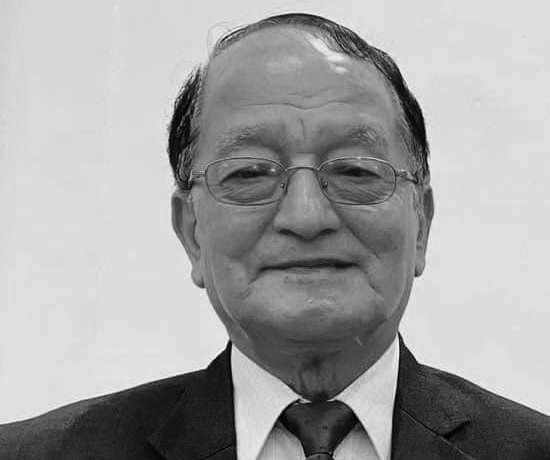
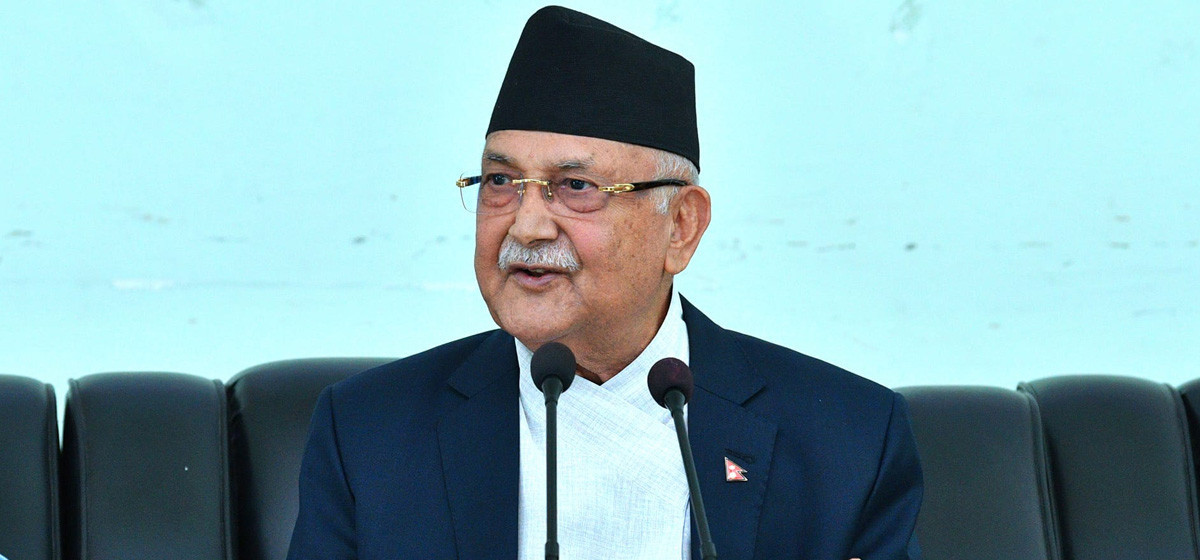

Just In
- Satdobato-Balkumari road section to be closed at night for several days
- NC objects Gandaki Province assembly call
- Eight Chinese citizens injured in Scorpio-microbus collision in Pokhara
- Former chief secretary Shakya passes away
- UML Chair Oli appeals vote for Nembang
- APF seizes illegally imported 152 sacks of onions and 32 units of mobile phones from Dhansuha
- 80 civil servants left in the lurch as MoFAGA places them in reserve pool
- Weather Alert: Storm likely in Lumbini and Sudurpaschim




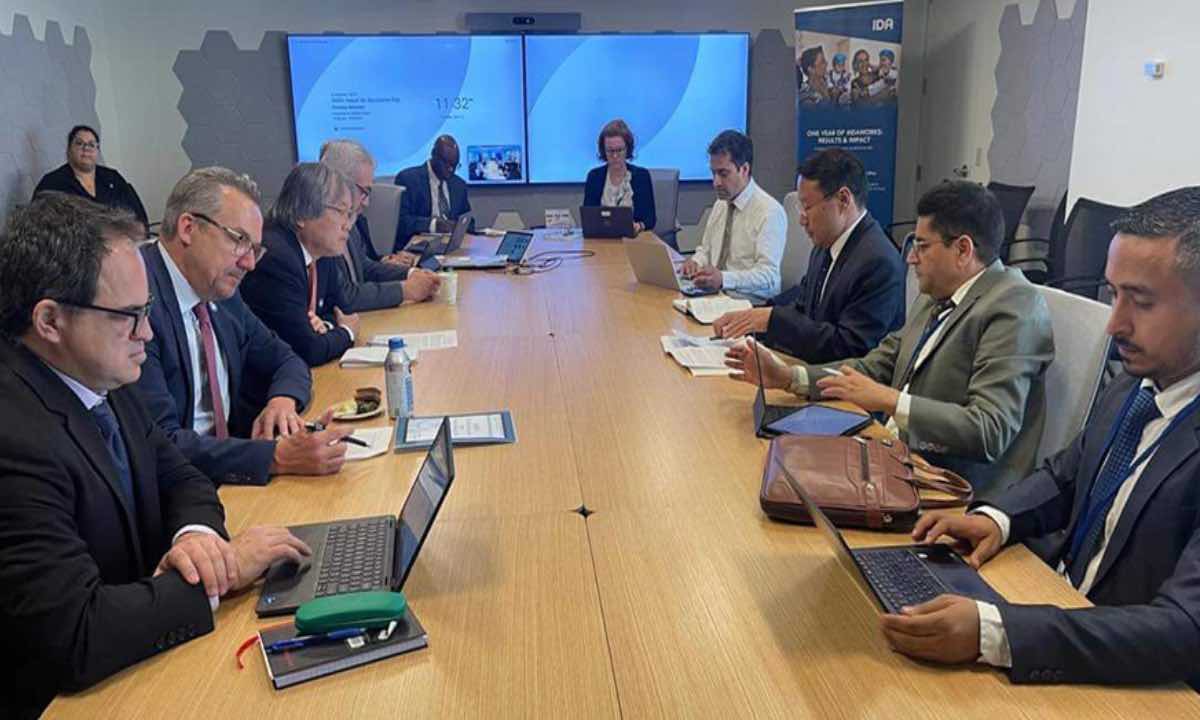
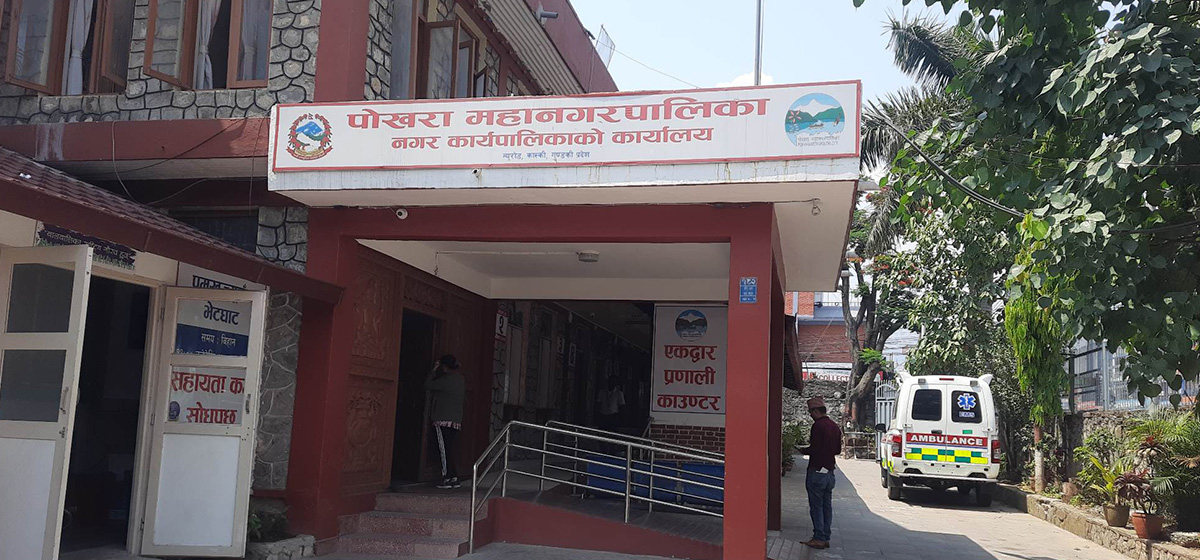
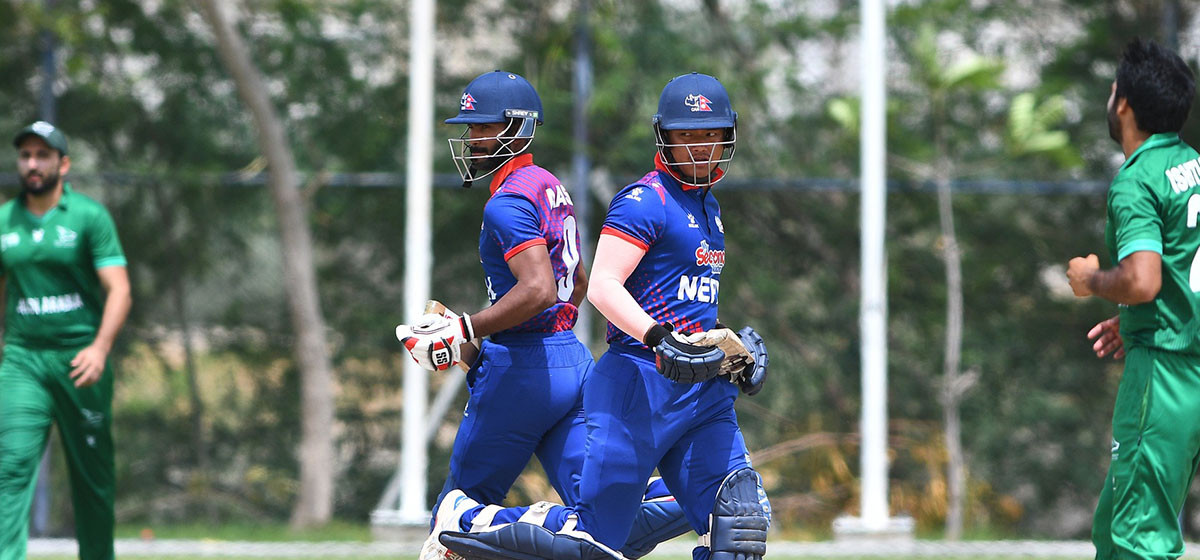


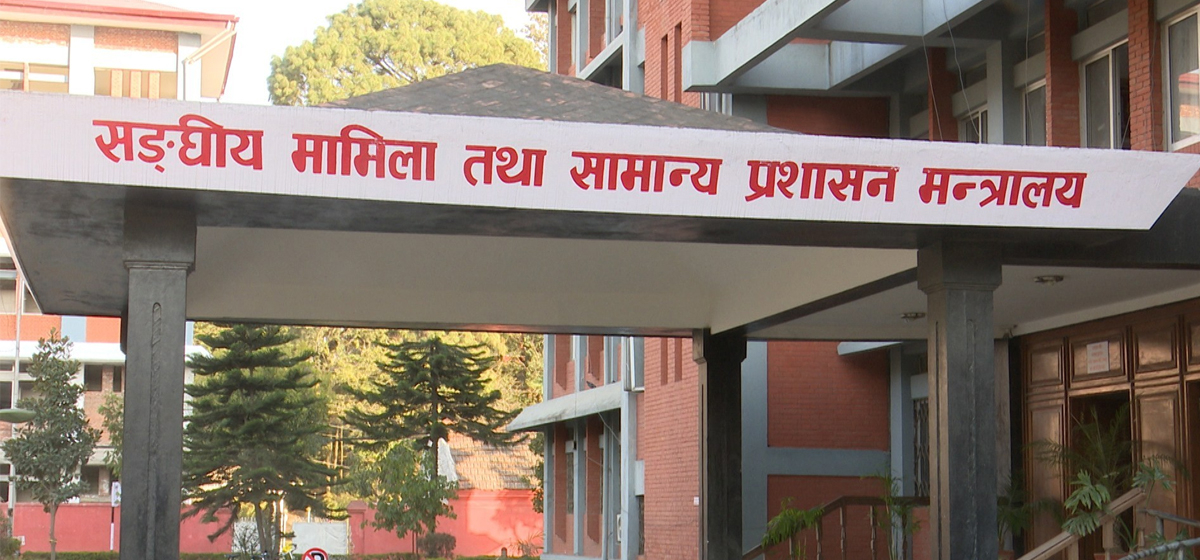

Leave A Comment